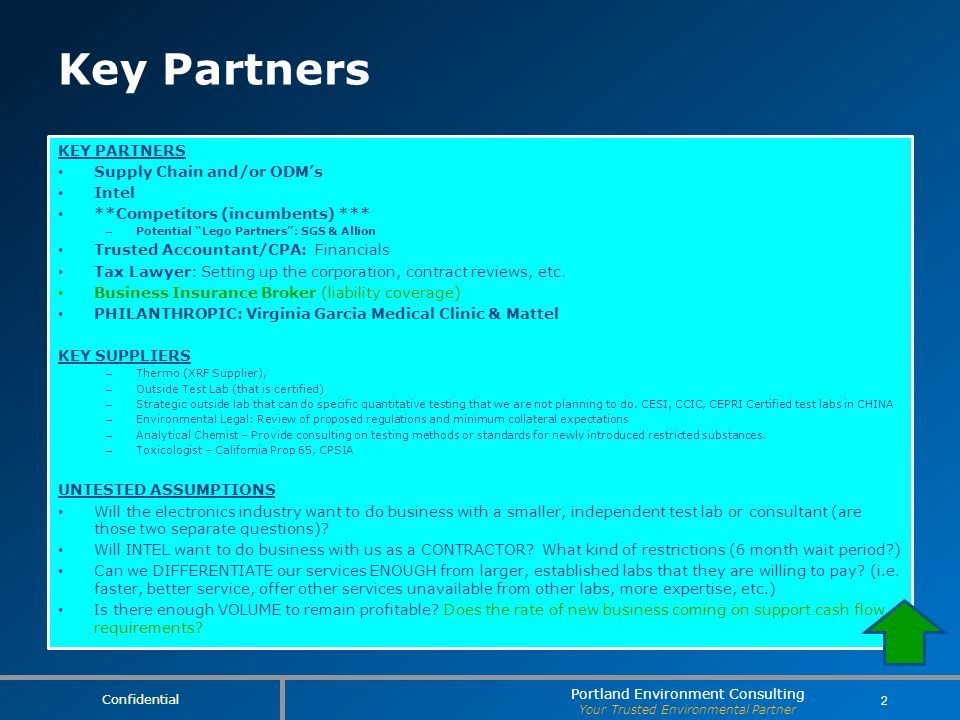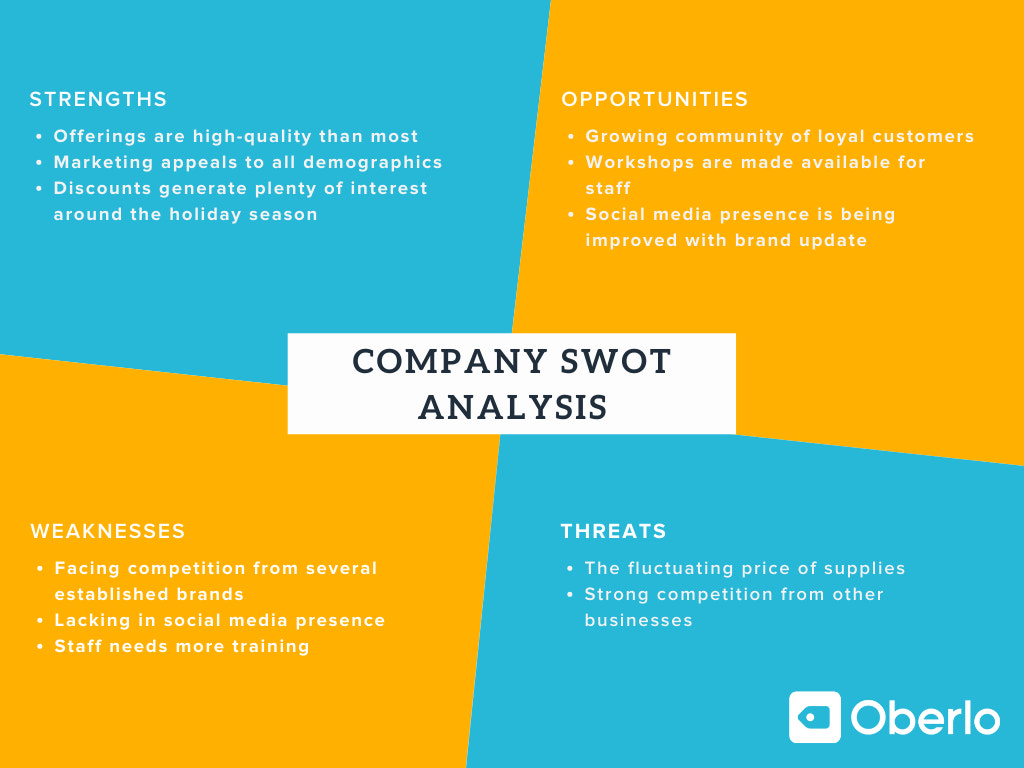
An assessment of your cyber security may be helpful if your organization depends on critical infrastructure for its operation. These assessments look at organizational resilience, cybersecurity, organizational management of dependencies from external sources, and other important elements of a strong cyber infrastructure. These assessments are completely free and can strengthen your organization's security.
Red-teaming
Red-teaming cyber security assessment services help companies better understand how their security systems are protected against cyberattacks. These teams create realistic attackers using open-source and proprietary intelligence tools. The teams may use social engineering to gain access data and network resources in some cases. They will then use social engineering techniques to increase their privileges and establish command and control infrastructure.
Red-teaming services are expensive. It's worth determining how much you can afford in advance. If you have to simulate a full-spectrum attack with social engineering and physical intrusion, the cost can be high. Before you hire a red team, it is important to determine how much risk you are willing to take. Some companies can handle a high degree of risk while others can accept a lower level.

Testing for penetration
Penetration testing plays a crucial role in a cyber security assessment. It is the use of automated tools in an attempt to exploit security flaws. The goal is to gain access and valuable data to the target information. Penetration tests require a deep understanding of the system and application being tested. One misconception about penetration tests is that they are limited to external attacks. Security researchers have created a webinar and post to address this misconception.
Penetration testing involves the use of automated and manual techniques to uncover weaknesses in systems and networks. External and internal penetration tests can be vital to ensure the security of an organization. Penetration testing can help determine if an attacker could do malicious acts on the network. An independent red team can conduct these tests to determine the existence of vulnerabilities and how effective controls and defenses are in place.
Configuration testing
An essential step in identifying security vulnerabilities within an organization's IT environment is the security assessment. The process maps access points and services to identify weaknesses, and assess the risk for a security incident. It also pinpoints any security patches missing from the system. After the assessment, you will be able to determine what steps are needed to fix security gaps.
Cyber professionals with certification are usually responsible for performing CSAs. Many of these people are ex-UK Government cyber operations specialists with extensive knowledge about security vulnerabilities. The testing teams will typically include at least one CISSP certification holder, as well as bespoke cyber technical certifications.

Social engineering
Companies must be aware of the dangers that social engineering can pose to their businesses. It is important to be aware of your vulnerabilities, particularly in email. This will help you defend yourself. Unsolicited communication should be checked to verify authenticity and for malicious code.
An important tool to identify vulnerabilities and to take steps to reduce them, is a social engineering cyber security assessment. These assessments involve detailed analyses of any online information that might pose a risk. Simulated attacks can be included to train employees how to avoid becoming a victim of phishing campaigns.
FAQ
What is the average time it takes to become a consultant
The amount of time needed depends on your industry and background. People start work with a few weeks before they find employment.
Some consultants work for years to perfect their skills, before being hired.
What is the average price you should charge for a consulting job?
It all depends on the service you offer. You don't have to charge anything if you provide services free of charge. If you sell products or services, however, you must set prices based upon value.
You don't have any products to sell if you provide low-quality services. So why would anyone pay any money for your services.
If you provide high-quality service, you may ask for higher prices because people appreciate the value you offer. Customers who buy multiple services from you may qualify for discounts.
What can I expect from my consultant?
When you choose your consultant, they should respond within a few working days. They will usually ask for information about your company, including its mission, goals, products, services, budget, etc. After that, they will send you a proposal detailing the scope of work, expected time frame, fees and deliverables.
If everything goes as planned, then both parties will agree to a written contractual agreement. The type relationship between the two sides (e.g. employee-employer or independent contractor-employer) will dictate the terms of the contract.
If everything goes as planned, the consultant may begin to work immediately. The consultant will have full access to your files and resources. You'll also have access to their skills and knowledge.
You shouldn't assume, however, that every consultant is an expert in all areas. It takes time and practice to become an expert on any subject you consult. Do not expect your consultant to be an expert in every aspect of your business.
Statistics
- Over 50% of consultants get their first consulting client through a referral from their network. (consultingsuccess.com)
- WHY choose me: Why your ideal client should choose you (ex: 10 years of experience and 6-week program has helped over 20 clients boost their sales by an average of 33% in 6 months). (consultingsuccess.com)
- "From there, I told them my rates were going up 25%, this is the new hourly rate, and every single one of them said 'done, fine.' (nerdwallet.com)
- According to IBISWorld, revenues in the consulting industry will exceed $261 billion in 2020. (nerdwallet.com)
- My 10 years of experience and 6-step program have helped over 20 clients boost their sales by an average of 33% in 6 months. (consultingsuccess.com)
External Links
How To
What's a typical day like for a Consultant?
Your work type will determine the length of your day. But generally speaking, you will spend time researching and planning new ideas, meeting clients, and preparing reports.
Meetings are a common way to discuss problems and issues with clients. These meetings can be done over the phone or via email.
Also, proposals are documents that outline your ideas or plans for clients. Before presenting these proposals to clients, you will usually need to discuss them with a colleague or mentor.
After all the preparation, you'll need to start creating content. For example, you could be writing articles, designing websites, creating videos, editing photos, or conducting interviews.
It depends on the project's scope, you might need to do some research to collect relevant statistics. For instance, you might want to find out how many people you have and if they are buying more than just one product or service.
After gathering enough information, you can present your findings to clients. Your findings can be presented orally or written.
After the initial consultation, it is important to follow up with clients. You can call clients to ask how they are doing or send emails asking for confirmation that your proposal was received.
This is a long process that can take some time. However, it is crucial to stay focused and to maintain good relationships.